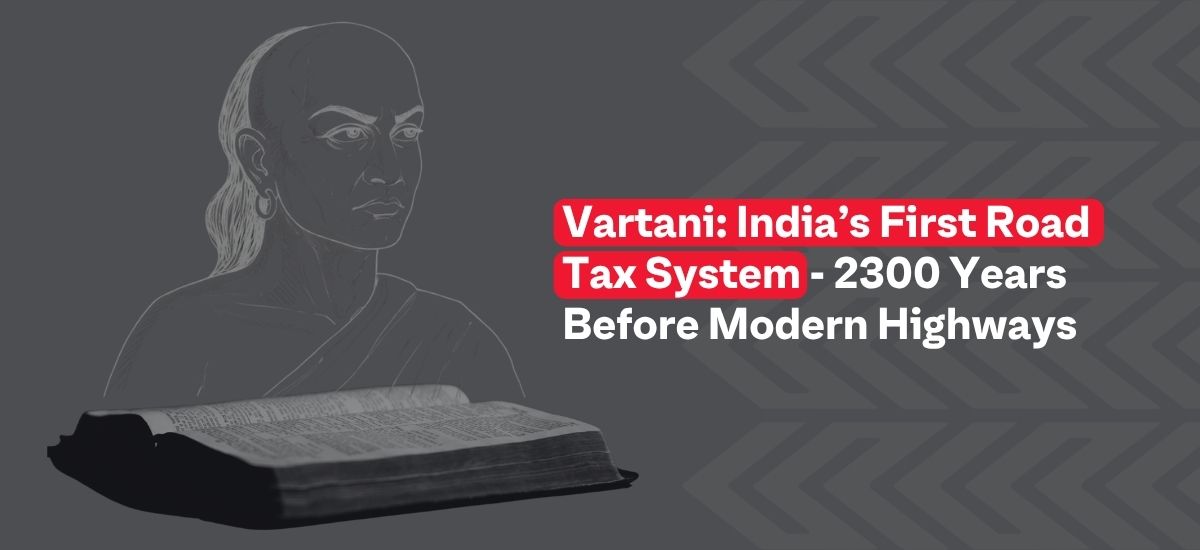Kautilya’s Arthashastra introduced Vartani, a tax on goods and animals using trade routes. The revenue funded road maintenance and security — a precursor to today’s PPP highway and toll systems. Ancient India, it turns out, had already mastered infrastructure economics.
A Tax Ahead of Its Time
TheVartaniwas more than just a tax — it was an earlyinfrastructure funding model.
Revenue collected through this system was used for:
- Upkeep and repair of trade routes
- Construction of new roads
- Security for merchants and caravans
The tax was administered by a state officer called the Antapala (Boundary Officer), who not only collected dues but also ensured safe passage for traders and goods.
Who Paid the Vartani?
Strict Penalties for Evasion
What It Means for Us Today
TheVartanisystem offers a fascinating historical parallel to today’s Public-Private Partnership (PPP) and toll-based models in infrastructure.
Both share the same principles:
- User-funded infrastructure
- Dedicated upkeep mechanisms
- Transparency and deterrence against evasion
India’s approach to infrastructure financing isn’t new – it’s deeply rooted in our history of governance and economic foresight.
Sources:
Kangle R. P. (The Kautilīya Arthashāstra) | Rangarajan, L. N. (Arthashastra: Translated with Commentary) | Patrick Olivelle (King, Governance, and Law in Ancient India) | P. N. Banerjee (Public Administration in Ancient India)

